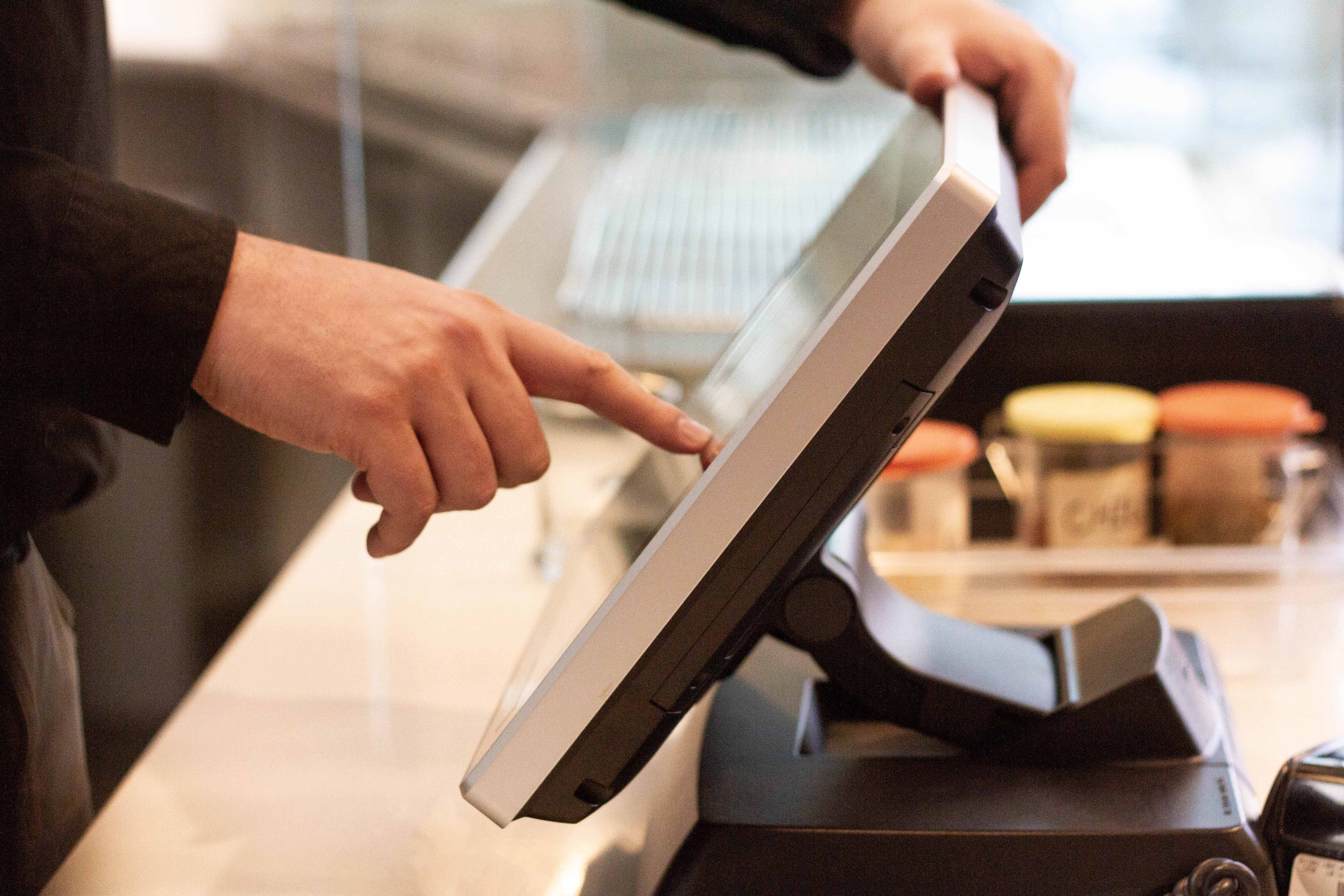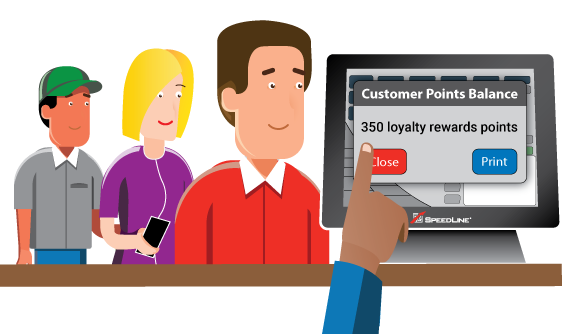As a restaurant owner, you have a love-hate relationship with long lines. While they mean your food is obviously in high demand, long wait lines will cause your customers to get impatient. But with these five tips, you can help minimize your customer wait times. By reducing wait times by even as much as seven seconds, you can boost your market share by a full percent, meaning thousands of extra dollars each month.
1. Start Accepting Reservations for Sit-Down Diners
As a pizzeria, you’re going to have a lunch and dinner rush practically every day. But the issue is that you never know exactly how many orders are going to come during these rushes or how many of each order type there will be. Having this information is crucial for reducing wait times, which is why it’s so handy to be able to accept reservations.
If you offer dine-in service, encourage customers to make reservations so that you can spread them out over an hour or two, rather than having an overwhelming rush of people in a 30-minute window. To make it even easier, allow customers to book their reservations by either going online through an independent service like OpenTable or Eat App, or calling into the restaurant.
2. Use Labor Predictions When Building the Schedule
Spreading out customers through reservations only gets you so far if you’re still just using one employee at the front counter. While there isn’t a generic formula that you can use to magically tell you how many employees you’ll need, there is a tool that you can use to figure this out.
With access to labor reporting, your POS should be able to predict, based on previous sales for the same period, how many people from every position are going to be needed during each shift. This will eliminate under-staffing and overstaffing, simultaneously cutting down on customer wait times while saving you money on labor costs.
3. Use a Tablet for Line Busting
On average, customers are only willing to wait 14 minutes before being served. This can be a challenging goal to meet for some restaurants. The average wait time between placing an order and having food in hand is about 4 minutes and 15 seconds for fast food restaurants, meaning any line-up must be less than 10 minutes long. When the food you’re serving is pizza, prep time is going to be longer, so you really can’t afford to waste a lot of that time having the customer waiting in a line to place their order.
A good workaround for this is taking advantage of line-busting. This is the practice of using a handheld POS system to take the orders of customers who are still waiting in line or sitting in the drive-thru. This effectively eliminates the time they would have spent placing their order at the front counter, reducing their wait time by valuable seconds or minutes. In order to do this, you will need a tablet and possibly a wireless PIN pad.

Using a Windows Surface Pro or Go tablet with the Link 2500 allows you to take orders from anywhere within the restaurant, including the patio.
4. Get a POS With Conversational Ordering
Customers are notorious for frequently changing their minds while placing an order. This can extend the ordering process and increase the wait time by a full minute or two, if not longer. But with the right POS system, you can easily change the details of an order without having to start over entirely.

With conversational ordering, employees can actively engage with a customer while effortlessly keeping up with fast-paced order entry. When implementing conversational ordering with other features to speed up order entry, you can get the tickets to the kitchen as fast as possible and drastically reduce the average wait time.
5. Limit Deferred Orders to Slower Times
Allowing customers to place an online order for a later time is a convenient feature, but can create problems with your wait times. You don’t want to receive a rush of deferred orders during a time when you’re already busy with real-time orders. By setting up a time restriction for deferred online orders, you can help prevent this from happening.
If your lunch rush typically lasts from 11:30 am to 12:30 pm, then inform customers that delayed orders cannot be scheduled before 12:45 pm. Do the same for your dinner rush and you can avoid a massive backlog of online orders from occurring.
When combining conversational ordering with labor-predicting tools, line-busting, and the other tools mentioned in this article, you can reduce each customer’s wait time and gain valuable market share. This results in happier customers and gives you the ability to serve more customers in a single day, meaning higher profits.
To find out how to further increase your revenue, check out this article on script upselling and how to use it.
Posted on Mon, Feb 22, 2021 @ 08:02 AM.
Updated on July 9, 2021 @ 9:45 PM PST.

